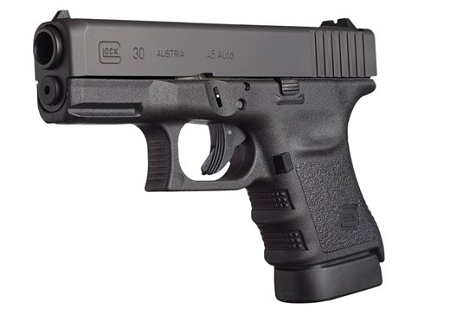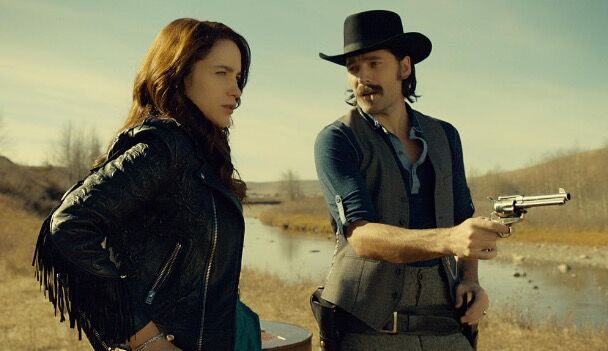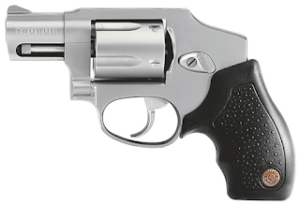For me, it was an easy leap for me to get from penknives to fire‑lighting.
In a serious situation, gram for gram, you should be carrying at least one butane lighter. Simple, reasonably priced and good for hundreds of fires. Can still be used to light fires once the fuel is exhausted.
That said, striking ferro‑rods is fun!
I was investigating which penknife tools are best for striking sparks with.
The back of the saw blades is the answer.
I also discovered that a better technique than that you usually see is to keep the saw blade or “steel” stationary on the tinder and pull the ferro‑rod backwards towards yourself.
Uses the whole length of the ferro‑rod and does not flick your tinder all over the place.
I looked in wonder at some of the exotic tinder materials available on sale, and their lofty price tags!
I will stick with cottonwool and Vaseline, which works wonderfully with a ferro‑rod, as well as naked flames.
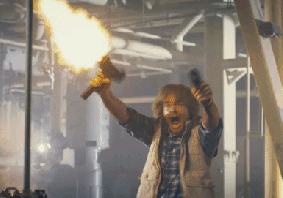
Gunpowder as Tinder
I began to think about other tinder materials, specifically, gunpowder.
Some may argue that modern firearm propellants are not strictly gunpowder, but for convenience this is the term I will use, although much of the following may also be applicable to black powder and other low‑explosives.
In general, ammunition is precious, and should be reserved for its primary application.
One exception to this is when the immediate need for a quick fire far outweighs the remote possibility of you managing to shoot a hare or large bird sometime in the future.
Cold and wet may kill you in hours, while you can last several days without a meat dinner.
It is quite possible that you have not seen any likely targets. Some hikers manage to blunder through the wilderness never seeing a four‑footted beast or large bird.
The second exception is on a location such as a war‑zone where there may be quite a lot of ammunition available.
The enemy’s ammunition may not be usable in your weapons. One of the practical applications enemy ammunition may be put to is fire‑lighting, assuming a fire is tactically permissible, of course.
If you have pliers or a similar tool, the bullet may be pulled from the case. Most small‑arms cartridges are relatively thin, so may be cut in two with a stout blade, bayonet edge or hatchet.
Firearm propellant is a low‑explosive, so will not explode unless it is confined. It will, however, burn fast.
For this reason, propellant is best used to “season” other forms of slower burning tinder and kindling.
An interesting idea is to lay a powder-train leading to the centre of tinder and kindling.
Propellant not used should be stored in a water‑tight container for later use. You may mix it in with your container of “found” tinder and/or carry a separate supply.
That is all fairly straightforward and makes good use of enemy ammunition as a resource.
Many of these techniques could also be used with blank ammunition, or by utilising other sources of powder such as fireworks.
Firing with Primers
Some of you will doubtless be wondering: Can you light your fire using the cartridge primer?
The primary answer to this is not to try it unless you really, really have to!
Dry powder is easily ignited by a lighter, matches, magnifying glass or sparks. I may have once seen references to combining powder with friction methods such as the fire‑drill or fire thong too!
Lighters, matches, magnifiers and ferro‑rods are relatively safe and reliable mechanisms. You should always use the safer option whenever you have a choice.
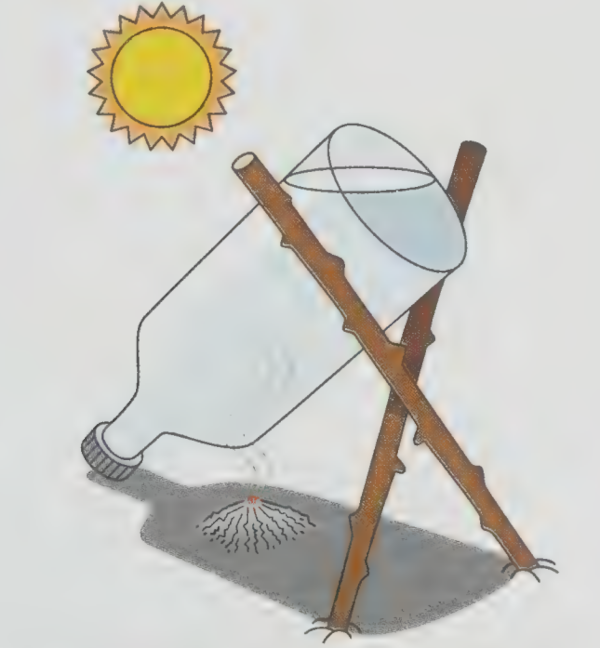
A couple of well known survival publications do give a method for lighting a fire with a cartridge.
“The Survival Handbook” by Anthony Greenbank says:
“Little powder mixed with tinder may prove effective. To try for flame, cut cartridge or bullet leaving a very few grains of powder in shell. Insert a little dry cotton (coat lining) with torn and fuzzy edge. Pack loosely.
“Fire into air. Cloth may float down‑ burning. Grab and light tinder with it.”
I have not tried the above, but it sounds like the burning material will have a fairly wide area to come down in, and will need to be found before it goes out, or starts an unintended fire!
Lofty Wiseman’s “SAS Survival Handbook” has:
“Break open the round and pour the gunpowder on to your tinder before using your flint, or remove only half the powder and stuff a piece of cloth into the cartridge case.
“Chamber the round and fire as usual, into the ground.
“The cloth will be ejected smouldering. Place it on tinder with the remaining propellant and you will soon have a fire going.”
Shooting into the ground at least seems a little more practical.
Then there is “Survival” by Len Calcutt:
“The powder contents of the cartridge can be used to help fire your tinder. You can also wedge a cloth in the cartridge once the ball or projectiles have been removed and chamber the round into your weapon. Aim at the tinder and fire. The cloth will be shot out smouldering.”
And, I suspect, your carefully gathered tinder and fire materials will be scattered over a large area by the muzzle blast!
The same article insists that aluminium foil and shavings may be used as tinder. Good luck with that!
If you have a moment, go to your kitchen, take a strip of aluminium cooking foil and try to light it on the stove.
I would be very cautious about attempting to use these methods unless you really have to.
I have to wonder just how old this technique of firing a cloth from a firearm is? Is it an old idea that has been passed on without consideration on how weapons have changed?
If you have a large bore muzzle‑loading weapon, it seems feasible. It is just the normal round, without the lead ball. If the weapon is earlier than a percussion lock, it is simpler to place the lock right next to the tinder.
Firing a bit of cloth from a bottlenecked case down a 5.56mm calibre barrel sounds like a good way to block your barrel.
I would not, personally be inclined to try this with anything smaller than a 20‑bore shotgun.
Cutting the cartridge open and lighting the powder by some other means seems simpler and safer!
No Other Choice?
But what if the only means to light a fire you have is a cartridge?
Full disclosure: I have not personally done this, and have no intention of trying.
If the situation did arrive, here is how I would consider going about it.
Use at your own risk, and preferably don’t use at all and use safer methods instead.
Handgun Method
If you have a handgun:
Pull or cut off the bullet. Empty as much powder as possible on your tinder. Insert the rear half of the cartridge directly into the chamber.
Place the muzzle near the tinder and fire. Only the primer and a few remaining grains of powder will ignite, but this should create enough of a flame to light the powder in the tinder.
Probably will not work with long‑guns and may not work with longer barrelled pistols.
Without a Gun
If you do not have a suitable gun:
Make a sturdy tripod of sticks over your tinder, with your other fire materials nearby.
Cut the cartridge and empty out all the propellant. Add some to the tinder and save any you do not use.
Split the bottom section of one of the tripod legs and place the rear of the cartridge case between, mouth towards the tinder. Ideally you would bore a hole, but you are unlikely to have the means to bore a large enough hole with you.
Take a stick about a foot or more long. Carve one end into a blunt point smaller than the primer.
Hold the stick as far from the point as practical.
If you have gloves, wear them. If you do not have gloves, wrap your nearer hand with a bandana, keffiyeh etc.
Wear any eye‑protection (sunglasses, goggles etc) and face covering that you may have.
Ideally, look downward to the ground when hitting the primer, rather than at the cartridge.
A helmet or brimmed hat will provide added protection as you look down.
Place the stick point on the primer and hit the other end. This may ignite the emptied cartridge and light the tinder.
The same methods should work for rimfire cartridges, but you will need an implement that crushes the brass rim of the cartridge rather than hitting a central primer.
You can try carving the point of the stick as a wedge. You may need to add a stone or similar to the tip.
The above techniques are theoretical, untested and should not be attempted unless in a genuine dire situation.
I know someone on Youtube will be trying this.
Some of this information has been out there for decades. SAS and other special forces will have been taught some of the above methods. We cannot know if they ever have had cause to use them.
Be Careful!
